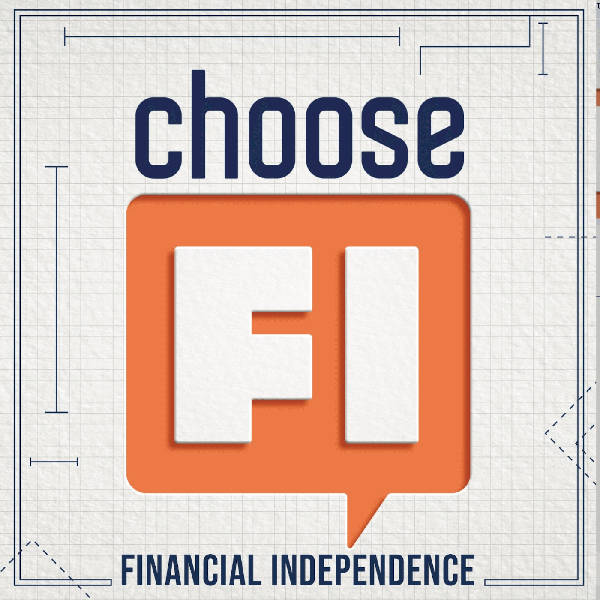
272 | Understanding Compound Interest & Investing for Beginners
As the ChooseFI community continues to grow, it's necessary to discuss some fundamental basics that serve the audience who are just getting started, as well as provide a refresher for those who have been on the path for a long time. In this episode, we revisit the magic of compound interest and investing for beginners. Getting to financial independence where work becomes optional and your investments are producing enough income to live off of for the rest of your life is easier when you understand why saving and investing now is important. Kimberly asked a question in the ChooseFI Facebook group requesting help understanding compound interest and the basic principles of a compound interest account. Investopedia states that interest may either be simple or compounded. Simple interest is based on the principal amount. In contrast, compound interest is based on the principal amount plus the interest that accumulates on it every period. For example, in a simple interest calculation, a deposit of $1,000 earning 10% interest each year would earn $100 in the first year, resulting in a balance of $1,100 in year one, $1,200 in year two, and $1,300 in year three. In a simple interest calculation, the interest percentage is not applied to the interest earned beyond the initial principal. The real world, however, works on compound interest, which is based on the principal amount and the interest that has accumulated. Using the same example of $1,000 in principal and 10% interest, after the first year, the balance is the same at $1,100, but in year two, interest is calculated on the new balance, resulting in $110 of interest and a new balance of $1,210 going into year 3. It starts small in the early years but really ramps up later on. Using simple interest, a $1,000 investment at 10% will have earned $4,500 (45 years x $100), for a total of $5,500. To illustrate why compound interest is often called the 8th wonder of the world, when using compound interest, that $1,000 investment at 10% grows to $72,890. The difference becomes even more apparent when using the example of $1,000,000 earning 10% simple interest versus $500,000 earning 10% compound interest. After 45 years, the simple interest balance grows to $5,500,000, while the smaller $500,000 principal grows to $36,500,000 with compound interest. When you don't spend everything you make and invest in compound interest vehicles, you can be well on your way to becoming a millionaire or multimillionaire. Einstein has been attributed with saying, “Compound interest is the 8th wonder of the world. He who understands it, earns it…he who doesn't…pays it”. The benefits of saving and investing are not limited to the end of the 45 year period. There are benefits all along the way. Compounding returns are always working in your favor, creating income that you don't need to work for anymore. It's rare to earn a high enough income to become wealthy, but saving reasonable amounts of money and investing it can bring wealth in an intermediate amount of time. Where does a beginner go to start investing and earning compound interest? There's usually no one there to hold our hands and walk us through the process. Based on a video Brad recorded for The Simple Startup discussion how credit cards aid him while other pay interest on them, one of the students asked how Brad figured out how banking works and not pay interest on his credit cards. Using a credit card is frictionless for Brad. Not only are there excellent fraud and theft protections when using a credit card, he very rarely has to pay any fees to use it and he also has until the end of the statement close, followed by the statement due date to pay it off, which can be weeks after the purchase was made. As long as you pay in-time and in-full each month, there are no fees or interest when using a credit card. It is effectively an interest-free loan from the credit card company making it a great tool for those who have their financial life in order. You don't need to be afraid of credit cards, you just need to understand how they work. Do not get one if you cannot pay your balance on-time and in-full. You can reduce the friction and schedule it to autopay on-time in-full each month. There are studies that show people who use credit cards tend to spend 12% more on average. That may be true, but it's likely not the same people who understand the power of compound interest. The FI community is focused on increasing our savings rate, paying ourselves first, and buying back our own time. If you value something spend lavishly on it. If you don't care about something, why are you going to spend your money on Resources Mentioned In Today's Conversation ChooseFI's suite of financial calculators Learn ChooseFI's 3-card cashback strategy and earn $1,000 or more Get started on your path to financial independence at ChooseFI.com/start If You Want To Support ChooseFI: Earn $1,000 in cashback with ChooseFI's 3-card credit card strategy. Share FI by sending a friend ChooseFI: Your Blueprint to Financial Independence.
